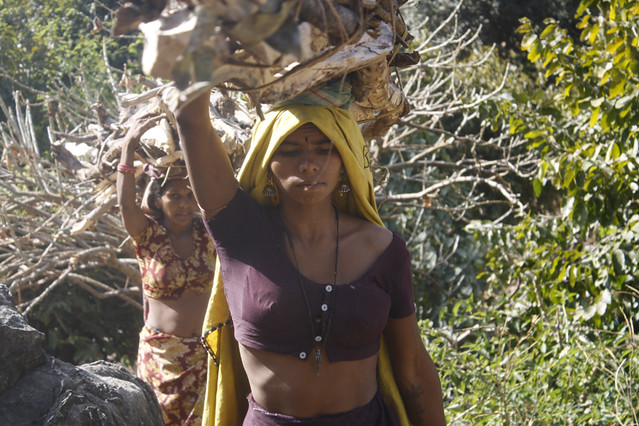Last week I told a friend that I needed to go to the dentist, and his first advice to me was buy a Groupon worth Rs. 80 and get consulting worth Rs. 800. I don’t really want to use a Groupon for a dentist, but this particular friend is an expert in getting deals, and is so enamored with deals that he hardly ever buys anything at full price anymore.
I’ve always been wary of deals, discounts, sales etc. because you end up spending more than you wanted to by buying crap that you don’t need. However, the hotting up E-Commerce space in India means that there are a lot of online deals and discounts without any hidden terms or shenanigans that you can take advantage of.
While 20 or 30 percent off is quite common, getting things for free on online deals is not uncommon either. Aditya tweeted this out today, and I know a few other friends who have done similar things.
Ordered lunch though TinyOwl Paid bill of 155 via Paytm Got Cashback of 77 from Paytm & 150 from TinyOwl Earned 72 Rs for eating lunch ????????????????
— Aditya (@forwardshortleg) May 31, 2015
I’m admittedly new to this game, but there are at least two things which are very apparent to me that should be done in order to get your hands on the best deals available online.
Get a Mobile Wallet
Mobile wallets are a relatively new concept in India but have gained popularity very quickly, and in fact there are now more mobile wallets than credit cards in India.
Paytm and Mobikwik are the two leading mobile wallets in India, and the benefit of using either of them is that almost all shopping sites accept these sources of payments, and you often get a decent cash back when you use the mobile wallet option. If you don’t use this — you would either use a credit card or a debit card, and there’s really no reason to use the mobile wallets instead.
Go to DesiDime.com before buying anything
DesiDime.com comes highly recommended from my friend, and I thought it was quite useful as well. This is a coupons site, and not only does it give you free coupons, it also tells you about the combinations of discounts, and cash backs that mobile wallets offer so you can take advantage of both of them.
A quick glance through this site can tell you if there is a deal on something you wanted to buy, and if there is a deal, then what’s the best way to go ahead and pay for it.
But does this work on what you actually want?
As I said earlier, my primary reservation against deals, coupons etc. is that you end up buying crap you don’t need, so I waited to write this post till I had used this method myself on something that I needed, and satisfied myself that it actually works.
I needed black trousers, and it so happened that Jabong had a 50% off on brands that I wear, so I bought a trouser from there, and paid using MobiKwik which ensured a Rs. 100 cash back on top of the original discount. So, in this particular case I paid Rs. 950 for something I’m pretty sure I’ve paid slightly over Rs. 2,000 a few months ago, and yes, I’m satisfied that it does work.
I’m sure that there are many more tricks that I’m unaware of, so please leave a comment and let me know as well as any advice on what doesn’t work and you should stay away from.
And, back to the Tweet at the beginning of the article — the code that Aditya used still works in case you’re interested, and TinyOwl operates in your city.







